In this guide, we’ll cover the essentials of gasket makers and sealants, share personal insights, and help you choose the right product from the Ram Products Silicones & Gasket Makers collection.
Gaskets vs. Gasket Makers: What’s the Difference?
In a perfect world, every mechanical surface would be smooth and perfectly aligned. In reality, gaps and imperfections are common — and that’s exactly where liquid gasket makers become invaluable.
- Pre-cut Gaskets: Traditional gaskets are manufactured from materials like rubber, cork, or metal and are designed to fit specific parts. They work well when surfaces are flawless and the environment is predictable.
- Gasket Makers (Liquid Gaskets): These form-in-place sealants conform precisely to surface irregularities. A gasket maker is especially useful for emergency repairs, irregular surfaces, or unique setups where standard gaskets simply won’t fit.
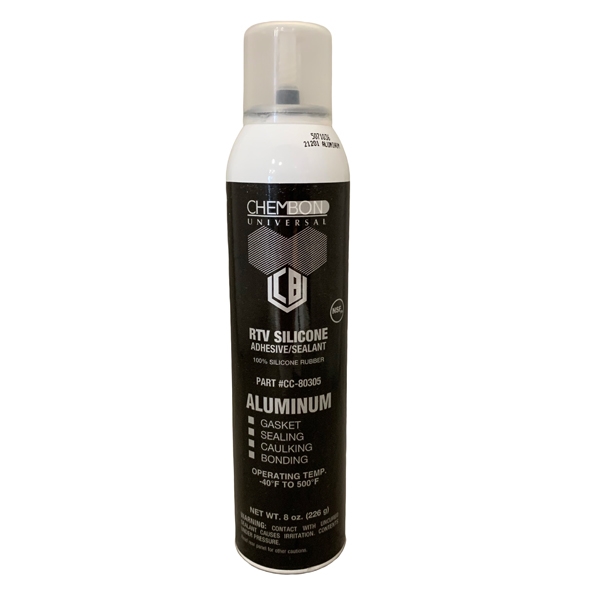
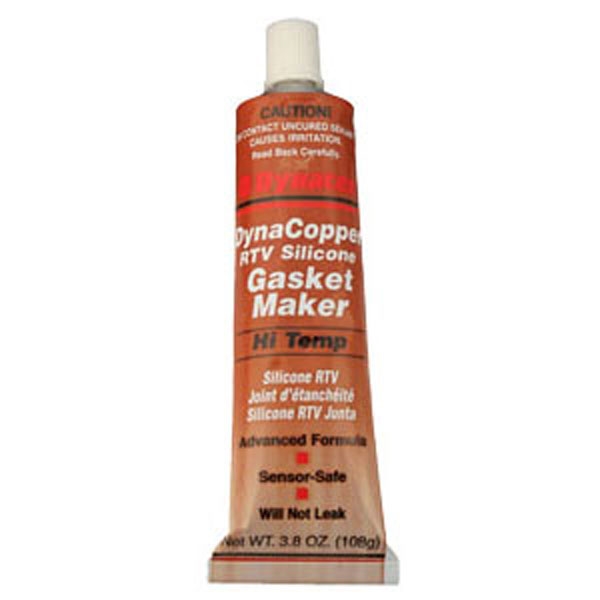

Types of Gasket Maker Sealants: Finding Your Perfect Match
Different repairs demand different materials. Choosing the wrong gasket maker can result in leaks or even component damage. Here are the most common types:
1. RTV Silicone Gasket Makers
RTV (Room Temperature Vulcanizing) silicone sealants cure at room temperature into a durable rubber. They’re incredibly versatile.
- Black RTV: Best for oil pans, valve covers, and timing covers. Black RTV is oil-resistant and flexible, making it a favorite for engine repairs.
- High-Temp RTV: Ideal for exhaust manifolds, turbochargers, and other areas exposed to extreme heat.
- Sensor-Safe RTV: Essential for modern engines where sensitive oxygen sensors are involved.
- Tip: Always verify if your RTV is “sensor safe” when working near electronic components!
2. Anaerobic Flange Sealants
Anaerobic sealants cure in the absence of air and between tight metal surfaces.
- Use Cases: Rigid flanges, pumps, and gear housings.
- Advantages: They prevent corrosion and create a strong seal under pressure.
3. Specialty Gasket Sealants
- Silicone Gasket Sealants: Emphasize flexibility, waterproofing, and excellent adhesion to metals, glass, and some plastics.
- Copper RTV: Withstands ultra-high temperatures; ideal for performance engines.
Application Best Practices: How to Nail the Perfect Seal
Using a gasket maker seems straightforward, but a few careful steps can mean the difference between success and a leak down the line.
Step 1: Surface Preparation
- Remove old gasket material using a scraper or wire brush.
- Degrease the surfaces thoroughly with a solvent like brake cleaner.
- Dry completely before applying any new sealant.
Skipping this step is like painting over dust — it just won’t stick.
Step 2: Application
- Cut the nozzle to match your desired bead size.
- Apply a continuous, even bead around the entire sealing surface, making sure to circle all bolt holes.
- Avoid over-applying, which can cause excess sealant to squeeze into systems and block passages.
Step 3: Assembly
- Assemble parts immediately (unless directed otherwise).
- Tighten bolts gradually and evenly.
- Observe proper cure times: Check the product label — some need only an hour, while others require a full 24 hours before use.
Safety First
- Always work in a well-ventilated area.
- Wear protective gloves and eyewear to avoid skin and eye irritation.
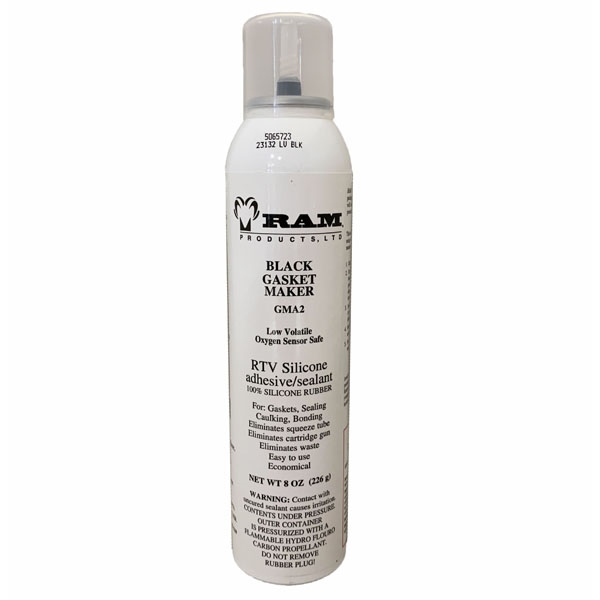
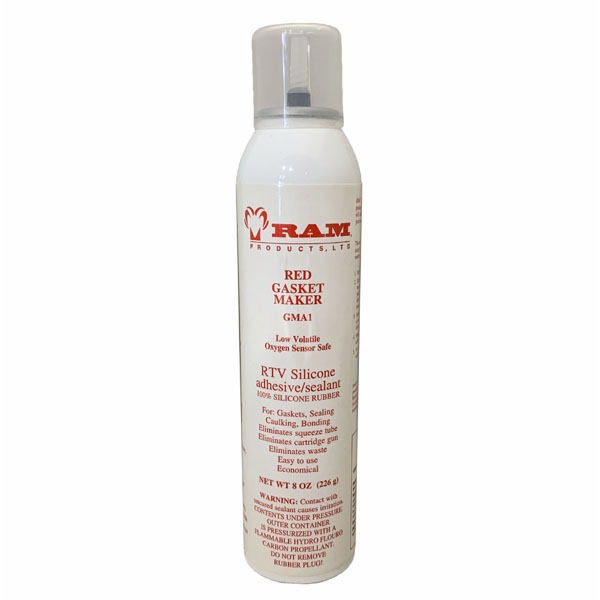
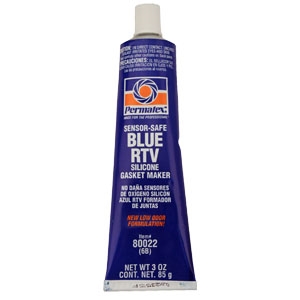
Common Mistakes to Avoid with Gaskets
Over-Applying Gasket Maker
One of the most frequent mistakes is using too much gasket maker. When an excessive amount is applied, it can easily squeeze into the internal workings of an engine or machine, leading to serious problems like oil starvation, clogged coolant passages, or contaminating sensitive sensors. This can cause a significant reduction in performance, or worse, catastrophic failure of critical systems.
- Tip: A thin, continuous bead about 1/8 inch wide is generally sufficient. Remember, gasket makers expand slightly as they cure, so less is often more.
Using the Wrong Product
Not all gasket makers are created equal. Using a general-purpose RTV where a high-temp formulation is needed can result in premature failure. Similarly, using a non-sensor-safe RTV on a modern engine can trigger warning lights and damage oxygen sensors.
- Tip: Carefully read the specifications for temperature tolerance, chemical resistance, and compatibility with electronics. Always match the product’s properties to the environment and application needs.
Inadequate Surface Preparation
Trying to apply a gasket maker to a dirty, oily, or uneven surface is a recipe for leaks. Old gasket residue, dirt, or even tiny amounts of grease can prevent proper adhesion, causing the seal to fail under pressure.
- Tip: Invest time in thoroughly cleaning and drying both mating surfaces. Use a gasket scraper to remove all traces of old material and a degreaser like brake cleaner to eliminate oils. The cleaner the surface, the better the bond.
Ignoring Cure Times
Rushing the curing process is another common issue. Many gasket makers require a specific amount of time to fully cure and bond to the surfaces. If parts are filled with fluids or placed under stress too soon, the seal can be compromised, leading to leaks and rework.
- Tip: Always follow the manufacturer’s instructions regarding cure times.
When NOT to Use a Gasket Maker
While gasket makers offer flexibility and convenience, there are cases where a traditional gasket is still the best choice:
- Precision Assemblies: Carburetors and other small, precision-engineered components often require paper or fiber gaskets. These thin, delicate seals cannot be replaced adequately by liquid gasket makers without risking over-thickness and misalignment.
- OEM Requirements: Some manufacturers specify the use of traditional gaskets to maintain warranties or ensure optimal performance. Always consult your service manual before substituting a gasket maker.
- High-Pressure Systems: Extremely high-pressure hydraulic systems may require specific gasket materials, like metal or multi-layer steel (MLS), that are designed to withstand intense forces without compression beyond a precise limit.
- Repeated Assembly and Disassembly: Components that are frequently taken apart (e.g., inspection covers, maintenance panels) are better served with traditional gaskets for easy removal and reinstallation without resealing each time.
In these cases, respecting the manufacturer’s specifications or the application’s specific needs is crucial to ensure a long-lasting, safe, and effective seal.
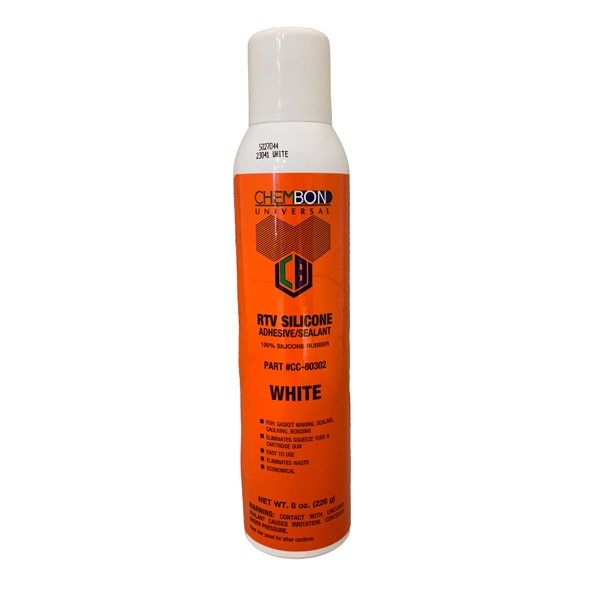
FAQs for Readers
Can I use a gasket maker instead of a gasket?
Absolutely, especially for irregular surfaces or when the OEM gasket is unavailable. Just ensure the gasket maker is appropriate for the conditions.
How long does a gasket maker last?
Most high-quality gasket makers can last for years, often outlasting the part they’re sealing if applied correctly.
What’s the difference between RTV and silicone gasket sealant?
RTV is a type of silicone sealant that cures at room temperature. All RTVs are silicones, but not all silicone sealants are RTVs.
Is black RTV better than other colors?
Each RTV color typically signifies a specific formulation. Black RTV is oil-resistant and flexible, making it great for engines, but other colors like red (high-temp) or grey (sensor-safe) suit different needs.

Recommended Products at Ram Products
If you’re ready to tackle your next sealing job, Ram Products has you covered:
- RTV Silicone Gasket Maker Tubes — General-purpose and high-temp options.
- High-Temperature Red RTV Sealant — Perfect for exhaust manifolds and turbochargers.
- Sensor-Safe Black RTV — Essential for modern engines.
Explore the full line under our Silicones & Gasket Makers section in the Chemicals & Paint category.
Choosing the right gasket maker and applying it properly can dramatically increase the life of your repairs, whether you’re dealing with high temperatures, oil exposure, or just odd-shaped surfaces.
At Ram Products, we’re not just selling parts; we’re enabling solutions. From the garage to the industrial plant, trust in a seal that lasts.
Ready to seal your next project with confidence? Shop Gasket Makers at Ram Products today!








